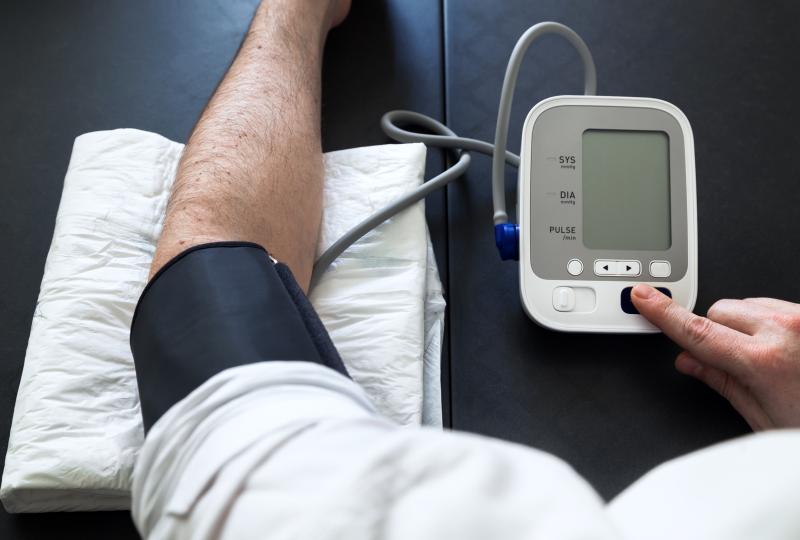 The new AHA guidelines has lowered the blood pressure limit to 130/80mmHg from 140/90mmHg. Does it really matter?
The new AHA guidelines has lowered the blood pressure limit to 130/80mmHg from 140/90mmHg. Does it really matter?High levels of high-sensitivity cardiac troponin T (hs-cTnT) and N-terminal pro-B-type natriuretic peptide (NT-proBNP) can help identify patients at risk of adverse cardiovascular events, according to a study presented at the 2019 Scientific Sessions of the American Heart Association (AHA 2019).
“This was observed both among participants with and those without current guideline recommended indications for initiating antihypertensive medication,” said researchers. “Taken together, the study findings highlight the potential usefulness of a biomarker-based strategy to assist with blood pressure (BP) treatment decisions among patients with elevated BP or hypertension.”
Pooling three cohort studies, researchers retrieved patient-level data from 12,987 individuals (mean age, 55 years; 55 percent female). A total of 825 incident cardiovascular events were reported over a 10-year follow-up period. [Circulation 2019;doi:10.1161/CIRCULATIONAHA.119.043337]
More than half (54.2 percent) had normal BP measurements, while 22.8 percent had elevated BP qualifying as low-risk stage 1 hypertension. High-risk stage 1 or stage 2 hypertension (BP <160/100 mm Hg) was reported in 19.9 percent of the study population, while only 3.2 percent had stage 2 hypertension with BP ≥160/100 mm Hg.
The presence of elevated hs-cTnT or NT-proBNP levels was reported in 32.3 percent of the participants. This phenomenon was associated with an excess in the risk of developing cardiovascular events among participants with high BP or hypertension but who were not prescribed to take antihypertensives (vs nonelevated levels: 11.0 percent vs 4.6 percent).
In contrast, participants with high BP/hypertension but had normal concentrations of the two biomarkers showed comparable cardiovascular risk as normal-BP comparators (4.6 percent vs 3.8 percent; p=011).
Moreover, among those who were recommended for antihypertensive medication according to the 2017 guidelines of the American College of Cardiology/AHA, high biomarker concentrations still correlated with a significantly higher risk of developing cardiovascular events (15.1 percent vs 7.9 percent; p<0.01).
“[E}levated hs-cTnT or NT-proBNP identifies individuals with elevated BP and stage 1 hypertension not currently recommended for BP lowering medication who are at higher risk for cardiovascular events,” said the researchers.
These findings hold important implications for clinical management and therapy, they continued. Including hs-cTnT and NT-proBNP, among other potential biomarkers that may emerge with future research, may lead to better risk stratification and help clinicians make more informed treatment decisions, reducing the overall risk of cardiovascular diseases.
“Considering the well-established cost-effectiveness of intensive BP control in individuals with high cardiovascular risk … it is anticipated that a biomarker-driven approach to guide antihypertensive therapy initiation would be cost-effective in this group without current indications for therapy,” the researchers said.
“Future clinical trials are needed to evaluate biomarker-based strategies for cardiovascular risk assessment to guide BP treatment decisions,” they added.